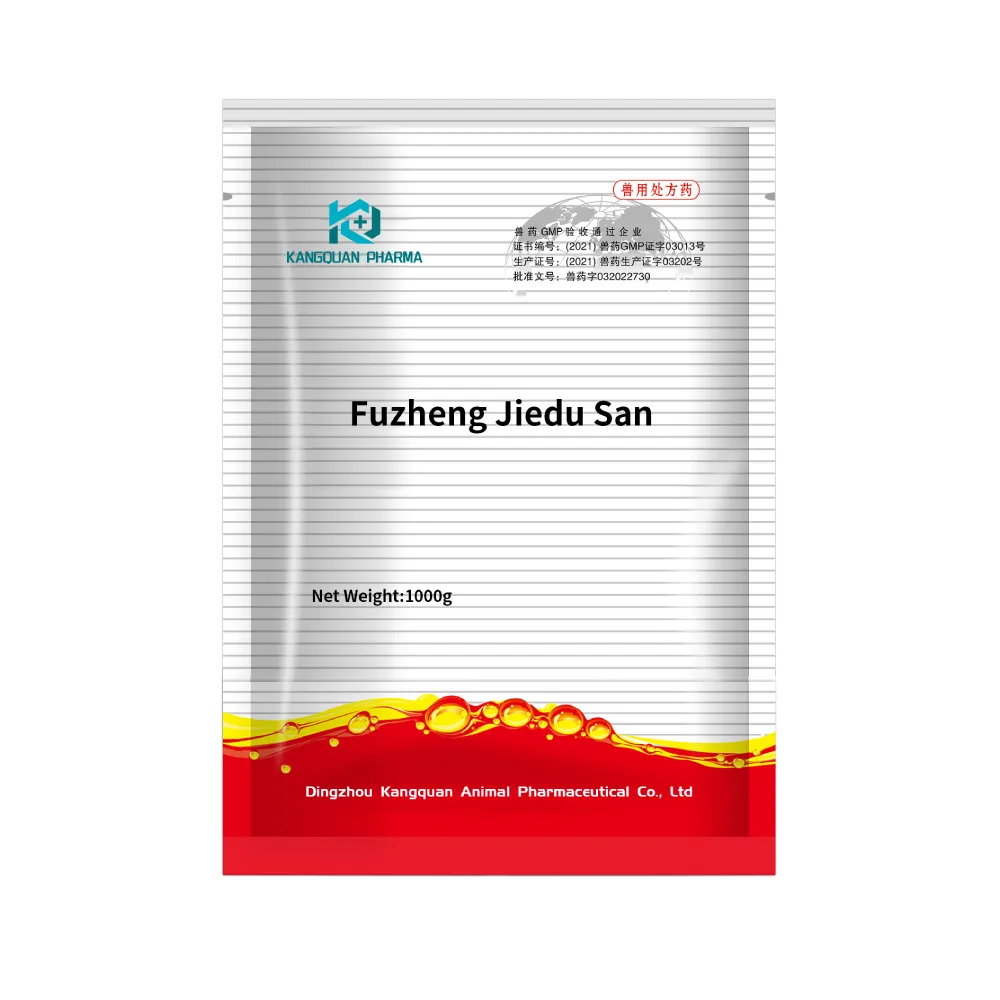- Afrikaans
- Albanian
- Amharic
- Arabic
- Armenian
- Azerbaijani
- Basque
- Belarusian
- Bengali
- Bosnian
- Bulgarian
- Catalan
- Cebuano
- Corsican
- Croatian
- Czech
- Danish
- Dutch
- English
- Esperanto
- Estonian
- Finnish
- French
- Frisian
- Galician
- Georgian
- German
- Greek
- Gujarati
- Haitian Creole
- hausa
- hawaiian
- Hebrew
- Hindi
- Miao
- Hungarian
- Icelandic
- igbo
- Indonesian
- irish
- Italian
- Japanese
- Javanese
- Kannada
- kazakh
- Khmer
- Rwandese
- Korean
- Kurdish
- Kyrgyz
- Lao
- Latin
- Latvian
- Lithuanian
- Luxembourgish
- Macedonian
- Malgashi
- Malay
- Malayalam
- Maltese
- Maori
- Marathi
- Mongolian
- Myanmar
- Nepali
- Norwegian
- Norwegian
- Occitan
- Pashto
- Persian
- Polish
- Portuguese
- Punjabi
- Romanian
- Russian
- Samoan
- Scottish Gaelic
- Serbian
- Sesotho
- Shona
- Sindhi
- Sinhala
- Slovak
- Slovenian
- Somali
- Spanish
- Sundanese
- Swahili
- Swedish
- Tagalog
- Tajik
- Tamil
- Tatar
- Telugu
- Thai
- Turkish
- Turkmen
- Ukrainian
- Urdu
- Uighur
- Uzbek
- Vietnamese
- Welsh
- Bantu
- Yiddish
- Yoruba
- Zulu
Aza . 16, 2024 06:36 Back to list
paracetamol antipyretic
The Role of Paracetamol as an Antipyretic An Overview
Paracetamol, also known as acetaminophen, is one of the most widely used medications globally. Its popularity stems from its effectiveness as an antipyretic (fever reducer) and analgesic (pain reliever). This article explores the mechanisms, uses, contraindications, and the significance of paracetamol in managing fever.
Mechanism of Action
Paracetamol works primarily in the brain. It is thought to inhibit the synthesis of prostaglandins in the central nervous system, which are chemicals that promote fever and pain. Unlike non-steroidal anti-inflammatory drugs (NSAIDs) like ibuprofen, paracetamol does not have a significant anti-inflammatory effect. Instead, it acts on the hypothalamic heat-regulating center, leading to vasodilation and increased peripheral blood flow. This process helps lower elevated body temperatures, making paracetamol a cornerstone in the management of febrile conditions.
Clinical Uses
Paracetamol is often the first-line treatment for fever in both children and adults. It is particularly useful in situations where elevated body temperature is uncomfortable or poses a risk to health, such as in infections or post-operative recovery. In children, paracetamol is commonly prescribed to treat febrile illnesses like chickenpox and upper respiratory infections. Adult patients can benefit from paracetamol in various conditions, including headaches, muscular aches, and arthritis, in addition to fever management.
The appropriate usage of paracetamol is essential. The standard recommended dose for adults is typically 500 to 1000 mg every four to six hours, with a maximum daily limit of 4000 mg. For children, the dosage is determined by weight, and caregivers are encouraged to follow guidelines to avoid overdose, which can lead to severe liver damage.
Safety and Contraindications
paracetamol antipyretic

Although paracetamol is generally considered safe when used as directed, it is not without risks. Overdose is the most significant concern, particularly given that paracetamol is an ingredient in many combination medications. Symptoms of overdose may not appear until a critical amount of time has passed, making it crucial for individuals to be aware of their total intake from all sources.
Patients with existing liver diseases or those who consume large amounts of alcohol should exercise caution. Such individuals may have a lower threshold for liver damage and should consult healthcare professionals prior to using paracetamol. Furthermore, care must be taken in pregnant women, although paracetamol is often recommended as a safer alternative to NSAIDs.
The Significance of Paracetamol in Modern Medicine
In the context of public health, paracetamol plays a significant role. Its accessibility and affordability make it an invaluable tool for managing fevers, especially in low-resource settings. The World Health Organization recognizes paracetamol as an essential medicine, underscoring its importance in patient care.
Additionally, during pandemics or widespread illness, paracetamol serves as a crucial supportive treatment. For example, during the COVID-19 pandemic, it was recommended for managing mild symptoms of the virus, including fever. Its importance is further highlighted in fever management protocols across various healthcare settings.
Conclusion
Paracetamol's role as an antipyretic and analgesic is well-established in medical practice. Its efficacy in managing fever, combined with a favorable safety profile when used correctly, makes it a vital medication in both clinical and home settings. Awareness of dosage guidelines and potential risks is critical for maximizing its benefits and ensuring patient safety. As research continues, future studies may further elucidate the mechanisms and applications of paracetamol, reinforcing its position in pharmaceutical care.
-
Guide to Oxytetracycline Injection
NewsMar.27,2025
-
Guide to Colistin Sulphate
NewsMar.27,2025
-
Gentamicin Sulfate: Uses, Price, And Key Information
NewsMar.27,2025
-
Enrofloxacin Injection: Uses, Price, And Supplier Information
NewsMar.27,2025
-
Dexamethasone Sodium Phosphate Injection: Uses, Price, And Key Information
NewsMar.27,2025
-
Albendazole Tablet: Uses, Dosage, Cost, And Key Information
NewsMar.27,2025













